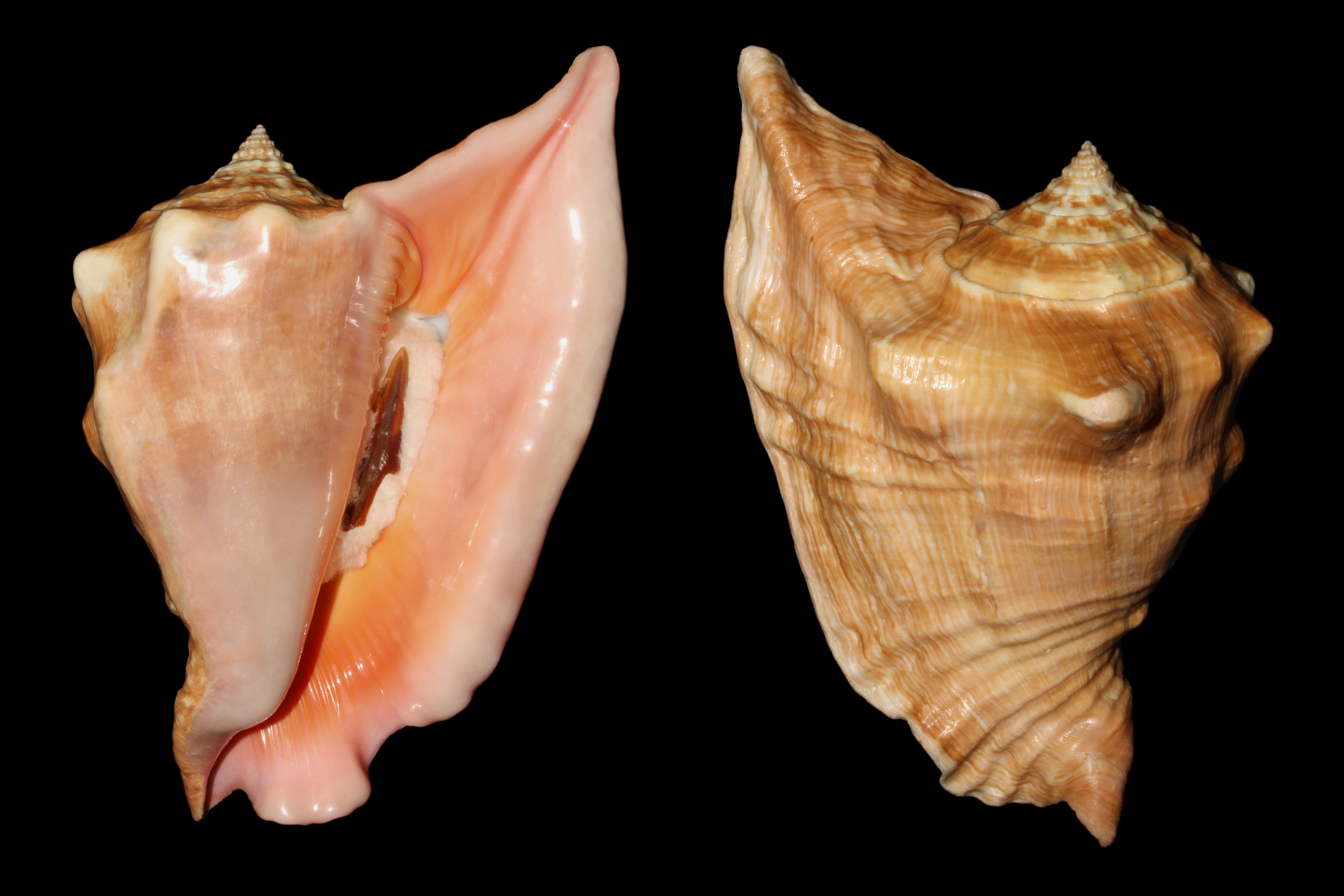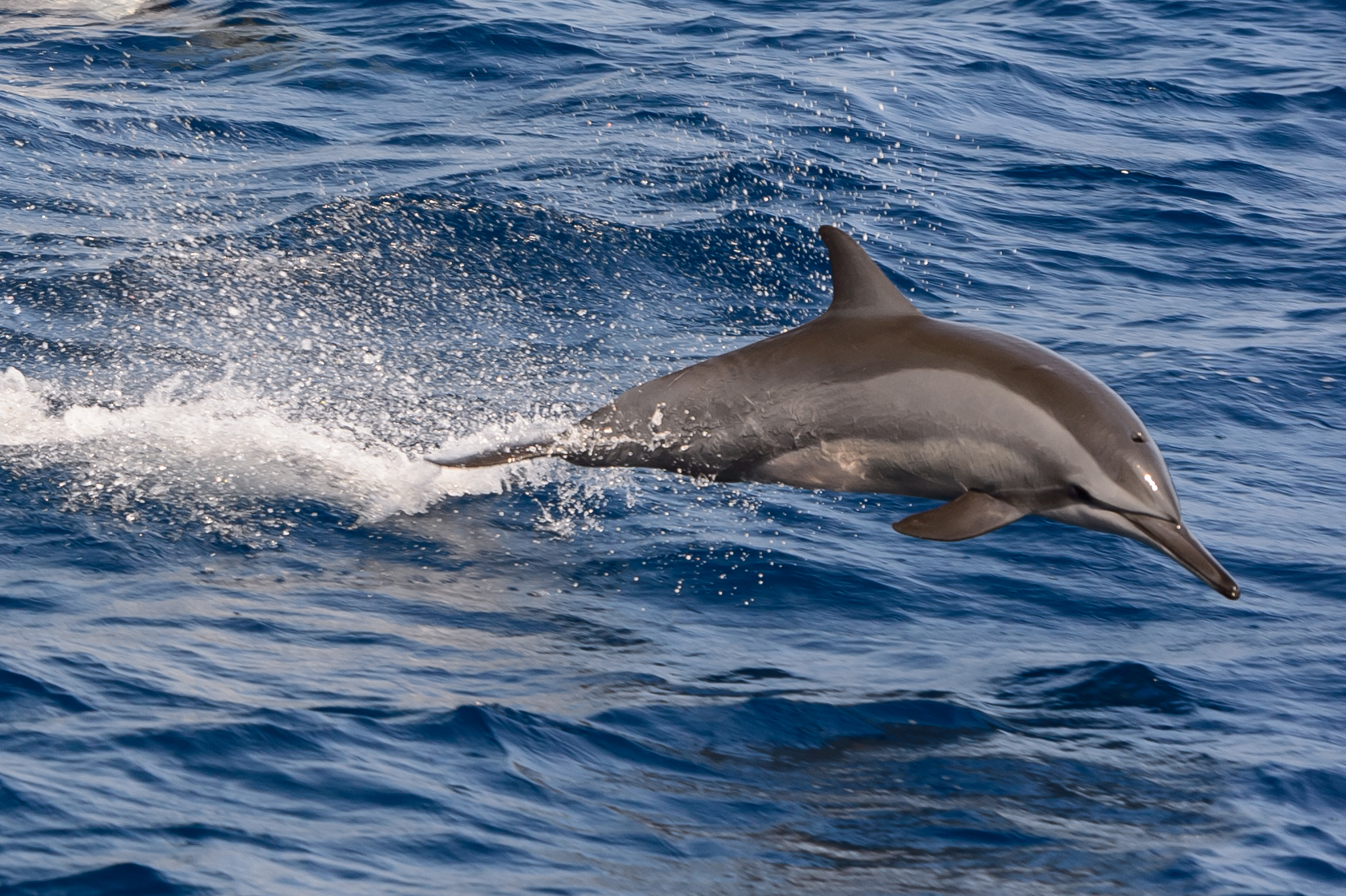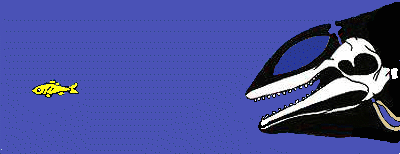|
Utría National Natural Park
The Utría National Natural Park () is a national park in the Chocó Department, Colombia. It contains diverse flora and fauna in a lush, mountainous rainforest environment with some of the highest rainfall in the world, at up to annually. The park also protects the coastal marine environment, and is known for visits by humpback whales, who give birth in the lagoon after which the park is named, and sea turtles who nest on the beaches. There is accommodation for visitors, and ecotourism services are provided by the local indigenous people and members of the coastal Afro-Colombian communities. Location The Utría National Natural Park is on the Pacific coast of Colombia in the Chocó Department. It covers parts of the municipalities of Bahía Solano, Nuquí, Bojayá and Alto Baudó. The park overlaps the territory of the Emberá indigenous people, who have well-preserved cultural traditions. There are also fishing villages of Afro-Colombian people along the coast. Both groups ar ... [...More Info...] [...Related Items...] OR: [Wikipedia] [Google] [Baidu] |
Chocó Department
Chocó Department () is a department of the Pacific region of Colombia known for hosting the largest Afro-Colombian population in the nation, and a large population of Amerindian and mixed African-Amerindian Colombians. It is in the west of the country, and is the only Colombian department to have coastlines on both the Pacific Ocean and the Atlantic Ocean. It contains all of Colombia's border with Panama. Its capital is Quibdó. Chocó has a diverse geography, unique ecosystems and unexploited natural resources; however, its population has one of the lowest standards of living of all departments in Colombia. A major factor cited by the government is the rugged, montane rainforest environment and the hot, hyperhumid climate. These factors have limited any significant infrastructure improvements to the region, and Chocó remains one of the most isolated regions of Colombia, with no major transportation infrastructure built since initial foundations were laid down in 1967 for a hi ... [...More Info...] [...Related Items...] OR: [Wikipedia] [Google] [Baidu] |
Lobatus Galeatus
''Lobatus'' is a genus of very large sea snails, marine gastropod mollusks in the family Strombidae, the true conchs. Some of the species within this genus were previously placed in the genus '' Eustrombus''. Species Living and fossil species within the genus ''Lobatus'' include:Landau B., Kronenberg G. C. & Da Silva C. M. (2010). "A new species of ''Lobatus'' (Caenogastropoda, Strombidae) from the Neogene of the Dominican Republic, with notes on further species from the Dominican assemblages". ''Basteria'' 74(4-6): 95-109. *'' Lobatus peruvianus'' ( Swainson, 1823) *''Lobatus raninus'' (Gmelin, 1791) *†'' Lobatus dominator'' (Pilsbry, 1917) *†'' Lobatus galliformis'' (Pilsbry, 1917) *†'' Lobatus haitensis'' (Sowerby, 1850) *†'' Lobatus leidyi'' ( Heilprin, 1887) *†'' Lobatus vokesae'' Landau ''et al''., 2008 *†'' Lobatus williamsi'' (Olson & Petit, 1964) Species brought into synonymy include: *''Lobatus costatus'' (Gmelin, 1791) accepted as ''Macrostrombus costat ... [...More Info...] [...Related Items...] OR: [Wikipedia] [Google] [Baidu] |
Risso's Dolphin
Risso's dolphin (''Grampus griseus'') is a marine mammal and dolphin, the only species of the genus ''Grampus''. Some of the most closely related species to these dolphins include: pilot whales (''Globicephala'' spp.), pygmy killer whales (''Feresa attenuata''), melon-headed whales (''Peponocephala electra''), and false killer whales (''Pseudorca crassidens''). These dolphins grow to be about 10 ft in length and can be identified by heavy scarring that appears white. They are located worldwide in cold to temperate waters, but most typically found along continental shelves due to their eating habits. Risso's dolphins have a diet that contains primarily cephalopods. They are able to search for prey at various depths due to their ability to reach depths of almost 600m. Individuals typically travel in pods ranging anywhere from 10 to 50 dolphins, with which they form tight social bonds. Along with most marine species, the Risso's dolphin suffers from anthropogenic disruptions to ... [...More Info...] [...Related Items...] OR: [Wikipedia] [Google] [Baidu] |
Killer Whale
The orca (''Orcinus orca''), or killer whale, is a toothed whale and the largest member of the oceanic dolphin family. The only extant species in the genus '' Orcinus'', it is recognizable by its black-and-white-patterned body. A cosmopolitan species, it inhabits a wide range of marine environments, from Arctic to Antarctic regions to tropical seas. Orcas are apex predators with a diverse diet. Individual populations often specialize in particular types of prey, including fish, sharks, rays, and marine mammals such as seals, dolphins, and whales. They are highly social, with some populations forming stable matrilineal family groups (pods). Their sophisticated hunting techniques and vocal behaviors, often unique to specific groups and passed down from generation to generation, are considered to be manifestations of animal culture. The International Union for Conservation of Nature (IUCN) lists the orca's conservation status as data deficient as multiple orca types may re ... [...More Info...] [...Related Items...] OR: [Wikipedia] [Google] [Baidu] |
Sperm Whale
The sperm whale or cachalot (''Physeter macrocephalus'') is the largest of the toothed whales and the largest toothed predator. It is the only living member of the Genus (biology), genus ''Physeter'' and one of three extant species in the sperm whale superfamily Physeteroidea, along with the pygmy sperm whale and dwarf sperm whale of the genus ''Kogia''. The sperm whale is a pelagic mammal with a worldwide range, and will migrate seasonally for feeding and breeding. Females and young males live together in groups, while mature males (bulls) live solitary lives outside of the mating season. The females cooperate to protect and Lactation, nurse their young. Females give birth every four to twenty years, and care for the calves for more than a decade. A mature, healthy sperm whale has no natural predators, although calves and weakened adults are sometimes killed by Cetacea#Social relations, pods of killer whales (orcas). Mature males average in length, with the head represent ... [...More Info...] [...Related Items...] OR: [Wikipedia] [Google] [Baidu] |
Stenella
''Stenella'' is a genus of marine mammals in Delphinidae, the family (biology), family informally known as the oceanic dolphins. Species Currently, five species are recognised in this genus: ''S. rayi'' was a species of this genus found in North Carolina, in the early Pliocene. The common name for species in this genus is the "spotted dolphins" or the "bridled dolphins". They are found in temperate and tropical seas all around the world. Individuals of several species begin their lives spotless and become steadily more covered in darker spots as they get older. The genus name comes from the Ancient Greek, Greek meaning narrow. It was coined by John Edward Gray, John Gray in 1866 when he intended it as a subgenus of ''Steno (genus), Steno''. Modern taxonomists recognise two genera. The clymene dolphin (''S. clymene'') is the only confirmed case of hybrid speciation in marine mammals, descending from the spinner dolphin (''S. longirostris'') and the striped dolphin (''S. ... [...More Info...] [...Related Items...] OR: [Wikipedia] [Google] [Baidu] |
Common Bottlenose Dolphin
The common bottlenose dolphin or Atlantic bottlenose dolphin (''Tursiops truncatus'') is one of three species of bottlenose dolphin in the genus ''Tursiops''. The common bottlenose dolphin is a very familiar dolphin due to the wide exposure it receives in human care in marine parks and dolphinariums, and in movies and television programs.Leatherwood, S., & Reeves, R. (1990). ''The Bottlenose Dolphin''. San Diego: Academic Press, Inc., Common bottlenose dolphins inhabit temperate and tropical oceans throughout the world, absent only from polar waters.Jenkins, J. (2009''Tursiops truncatus'' Animal Diversity Web.Klinowska, M. (1991). ''Dolphins, Porpoises and Whales of the World: The IUCN Red Data Book''. Gland, Switzerland, U.K.: IUCN, While formerly known simply as the bottlenose dolphin, this term is now applied to the genus ''Tursiops'' as a whole. As considerable genetic variation has been described within this species, even between neighboring populations, many experts think ... [...More Info...] [...Related Items...] OR: [Wikipedia] [Google] [Baidu] |
Green Sea Turtle
The green sea turtle (''Chelonia mydas''), also known as the green turtle, black (sea) turtle or Pacific green turtle, is a species of large sea turtle of the family Cheloniidae. It is the only species in the genus ''Chelonia''. Its range extends throughout tropical and subtropical seas around the world, with two distinct populations in the Atlantic and Pacific Oceans, but it is also found in the Indian Ocean. The common name refers to the usually green fat found beneath its carapace, due to its diet strictly being seagrass, not to the color of its carapace, which is olive to black. The dorsoventrally flattened body of ''C. mydas'' is covered by a large, teardrop-shaped carapace; it has a pair of large, paddle-like flippers. It is usually lightly colored, although in the eastern Pacific populations, parts of the carapace can be almost black. Unlike other members of its family, such as the hawksbill sea turtle, ''C. mydas'' is mostly herbivorous. The adults usually inhabit ... [...More Info...] [...Related Items...] OR: [Wikipedia] [Google] [Baidu] |
Hawksbill Sea Turtle
The hawksbill sea turtle (''Eretmochelys imbricata'') is a critically endangered sea turtle belonging to the family Cheloniidae. It is the only extant species in the genus ''Eretmochelys''. The species has a global distribution that is largely limited to tropical and subtropical marine and estuary ecosystems. The appearance of the hawksbill is similar to that of other marine turtles. In general, it has a flattened body shape, a protective carapace, and flipper-like limbs, adapted for swimming in the open ocean. ''E. imbricata'' is easily distinguished from other sea turtles by its sharp, curving beak with prominent tomium, and the saw-like appearance of its shell margins. Hawksbill shells slightly change colors, depending on water temperature. While this turtle lives part of its life in the open ocean, it spends more time in shallow lagoons and coral reefs. The World Conservation Union, primarily as a result of human fishing practices, classifies ''E. imbricata'' as crit ... [...More Info...] [...Related Items...] OR: [Wikipedia] [Google] [Baidu] |
Olive Ridley Sea Turtle
The olive ridley sea turtle (''Lepidochelys olivacea''), also known commonly as the Pacific ridley sea turtle, is a species of turtle in the family Cheloniidae. The species is the second-smallest and most abundant of all sea turtles found in the world. ''L. olivacea'' is found in warm and tropical waters, primarily in the Pacific and Indian Oceans, but also in the warm waters of the Atlantic Ocean. This turtle and the related Kemp's ridley sea turtle are best known for their unique synchronised mass nestings called ''arribadas'', where thousands of females come together on the same beach to lay eggs. Taxonomy The olive ridley sea turtle may have been first described as ''Testudo mydas minor'' by Georg Adolf Suckow in 1798. It was later described and named ''Chelonia multiscutata'' by Heinrich Kuhl in 1820. Still later, it was described and named ''Chelonia olivacea'' by Johann Friedrich von Eschscholtz in 1829. The species was placed in the subgenus ''Lepidochelys'' by ... [...More Info...] [...Related Items...] OR: [Wikipedia] [Google] [Baidu] |
Whale Shark
The whale shark (''Rhincodon typus'') is a slow-moving, filter feeder, filter-feeding carpet shark and the largest known Extant taxon, extant fish species. The largest confirmed individual had a length of . The whale shark holds many records for size in the animal kingdom, most notably being by far the most massive living non-cetacean animal. It is the sole member of the genus ''Rhincodon'' and the only extant member of the family Rhincodontidae, which belongs to the subclass Elasmobranchii in the class Chondrichthyes. Before 1984 it was classified as ''Rhiniodon'' into Rhinodontidae. Whale sharks inhabit the open waters of all tropical oceans. They are rarely found in water below . Whale sharks' lifespans are estimated to be between 80 and 130 years, based on studies of their vertebral growth bands and the growth rates of free-swimming sharks. Whale sharks have very large mouths and are filter feeders, which is a feeding mode that occurs in only two other sharks, the megamouth s ... [...More Info...] [...Related Items...] OR: [Wikipedia] [Google] [Baidu] |








